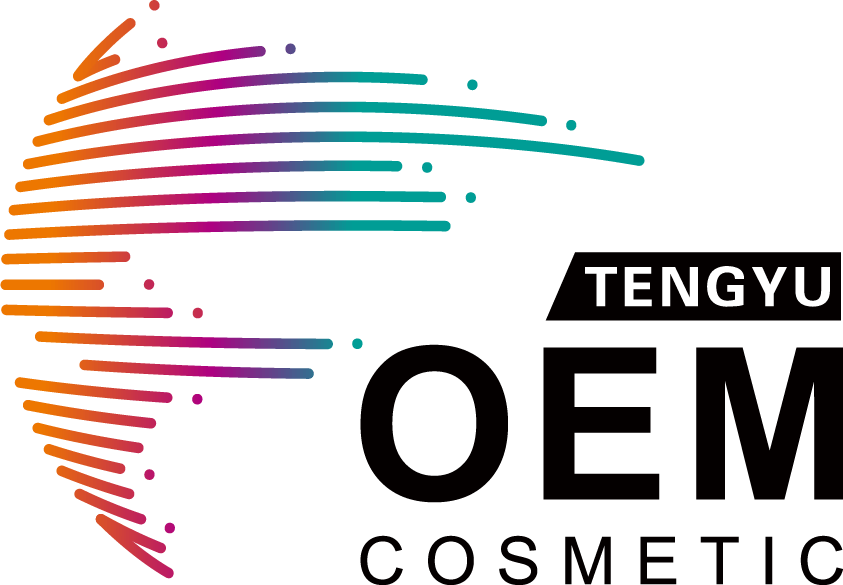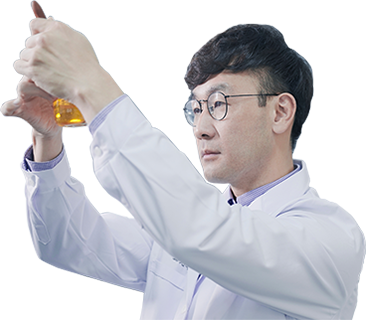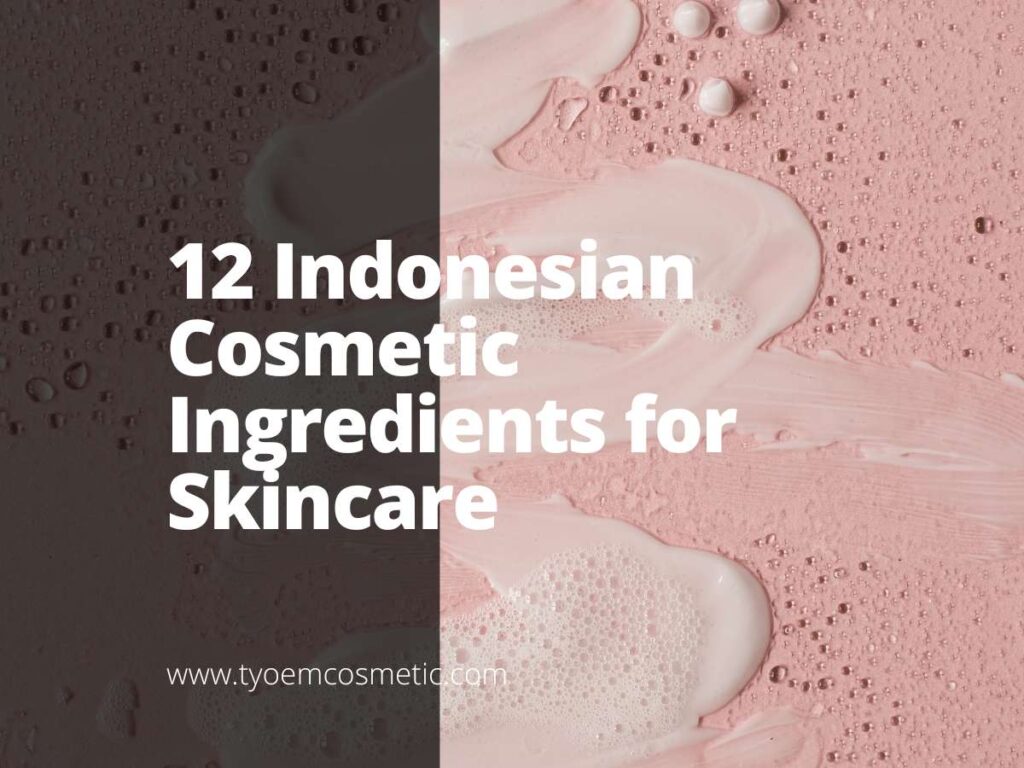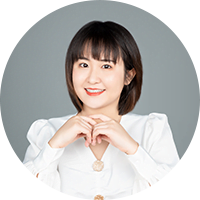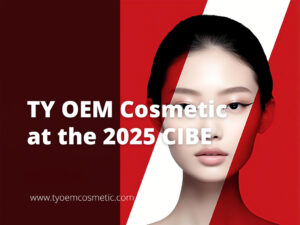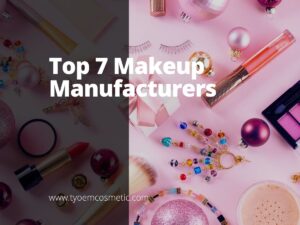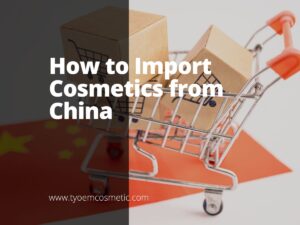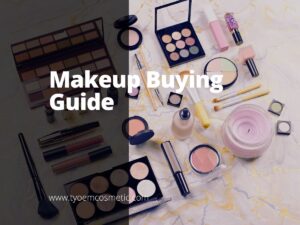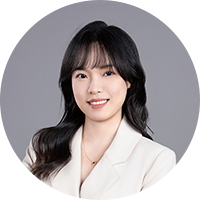I used to think I knew ingredients but that changed after one trip to Jakarta.
I met a supplier at a small skincare trade fair. Nothing fancy, just a quiet table with samples of oils and powders I’d never heard of.
“Try this,” she said, handing me a jar of kemiri oil (candlenut). I was skeptical, but when I tested it in a balm prototype back home, the texture and absorption? Better than anything I’d worked with in that price range.
That’s when I realized that Indonesia’s cosmetic ingredients aren’t just traditional but commercially smart.
In this guide, we’re covering 12 high-potential ingredients with local roots and market-ready value. You’ll walk away with insight, inspiration, and real leads for your next product.
Let’s start!
Ingredients At a Glance
Let’s take a quick look at the essentials first. Here’s how each ingredient stacks up visually, clearly, and simply.
| Ingredient | Botanical Name | Common Use Case | Key Benefit |
| Turmeric | Curcuma longa | Brightening, Soothing | Reduces redness and acne |
| Rice | Oryza sativa | Exfoliation, Toning | Softens and brightens skin |
| Aloe Vera | Aloe barbadensis miller | Soothing, Hydrating | Cools sunburn, hydrates dry skin |
| Candlenut | Aleurites moluccanus | Moisturizing, Haircare | Nourishes dry skin and scalp |
| Jicama | Pachyrhizus erosus | Brightening, Cooling | Helps with dark spots |
| Pandan Leaves | Pandanus amaryllifolius | Itch relief, Scent | Soothes hot, inflamed skin |
| Sandalwood | Santalum album | Redness, Soothing | Calms skin and adds fragrance |
| Betel Leaf | Piper betle | Acne care, Cleansing | Cleans pores and tightens skin |
| Kencur | Kaempferia galanga | Acne, Skin Recovery | Antibacterial and warming effects |
| Lulur Scrub | Various (rice, turmeric) | Exfoliation, Softening | Removes dead skin, polishes body |
| Akar Kuning | Fibraurea tinctoria | Acne, Inflammation | Helps detox skin and body |
| Jamu Herbal Infusion | Various roots/spices | Inner-outer wellness | Anti-inflammatory, skin support |
Ready to see how these ingredients actually work in real products?
Let’s take them one by one.
Ready to see how these ingredients actually work in real products?
Let’s take them one by one.
1. Turmeric (Kunyit)
I first saw turmeric used in skincare during a trip to Yogyakarta. A local spa owner was mixing a yellow paste by hand. It was turmeric, blended with rice flour and water. “Good for glow,” she said, smiling.
At the time, I had no idea how powerful this root was. You might know it as a kitchen spice. But in Indonesia, turmeric has been used on skin for generations.
Here’s something interesting. In many Indonesian wedding rituals, turmeric paste is used in pre-ceremony skin treatments. Brides apply it to brighten their skin before the big day. That tradition says a lot about how trusted this root really is.
Let’s break it down.
Why is it so popular in Indonesia
Turmeric is part of jamu, a traditional herbal medicine system. People use it to treat skin problems, boost wellness, and prepare the body before big events. It’s trusted, accessible, and used almost everywhere in the country.
Benefits
- Helps reduce redness
- Supports bright, even skin tone
- Can calm breakouts
- Refreshes dull-looking skin
Active compounds
Turmeric contains curcumin. That’s a natural compound that helps fight inflammation and protects the skin from damage.
Traditional vs. Modern Use
Before, people used it fresh or dried in pastes and masks. Now, brands use turmeric extracts in serums, oils, and creams.
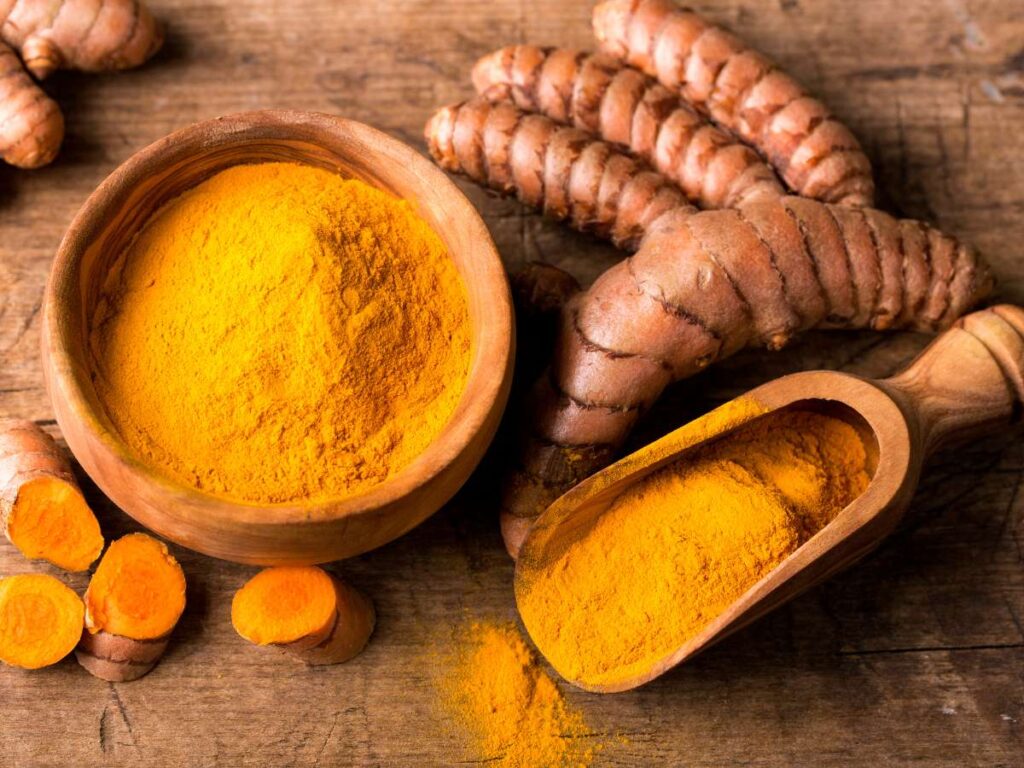
2. Rice (Beras)
Rice isn’t just food in Indonesia. It’s part of life. In skincare, rice is used for its softening and brightening properties. The botanical name is Oryza sativa, and it grows across Java, Bali, and Sumatra.
In traditional Indonesian body care, women often soak rice in water overnight. The cloudy liquid is then used as a natural face toner the next morning.
Why it’s popular in Indonesia
Rice is a core part of beauty treatments, especially in lulur, a traditional body scrub. It’s gentle, easy to find, and used by many women at home.
Benefits
- Softens rough skin
- Brightens dull or uneven tone
- Gently exfoliates without scratching
- Helps maintain moisture
Active compounds
Rice contains vitamins B and E, along with amino acids. These support skin texture and hydration.
Traditional vs. Modern Use
Traditionally, rice flour was mixed with herbs to make scrubs. Today, you’ll find rice water or rice bran extract in toners, creams, and sheet masks.
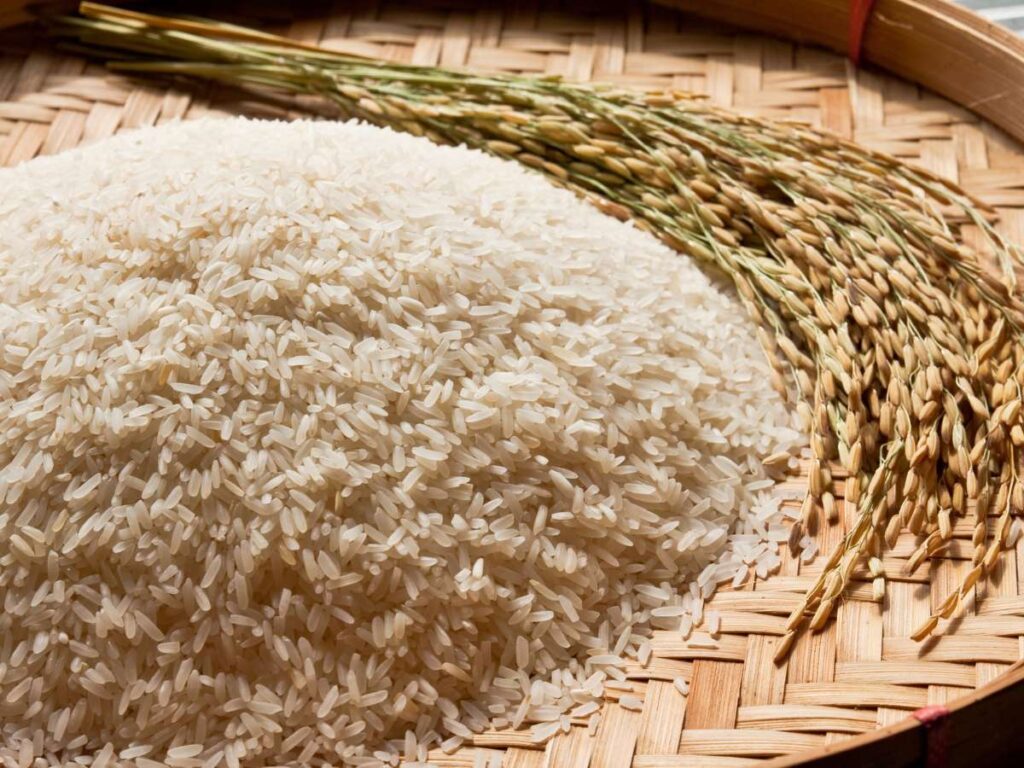
3. Aloe Vera (Lidah Buaya)
Aloe vera is a cactus-like plant known for its thick, cool gel. It grows well in dry climates, and in Indonesia, it’s often found in backyard gardens.
Many Indonesians snap aloe leaves straight from the plant and rub the fresh gel onto their skin or scalp.
Why it’s popular in Indonesia
It’s easy to grow and known as a first-aid plant. People use it for sunburns, itchy skin, and hair care. It’s one of the most trusted natural remedies.
Benefits
- Soothes irritated skin
- Cools sunburn
- Hydrates dry patches
- Reduces flakiness
Active compounds
Aloe contains polysaccharides, enzymes, and vitamins A, C, and E. These help calm and repair the skin.
Traditional vs. Modern Use
In the past, people used aloe straight from the plant. Now, it’s found in gels, sheet masks, and moisturizers. Many brands also use aloe juice as a base ingredient.
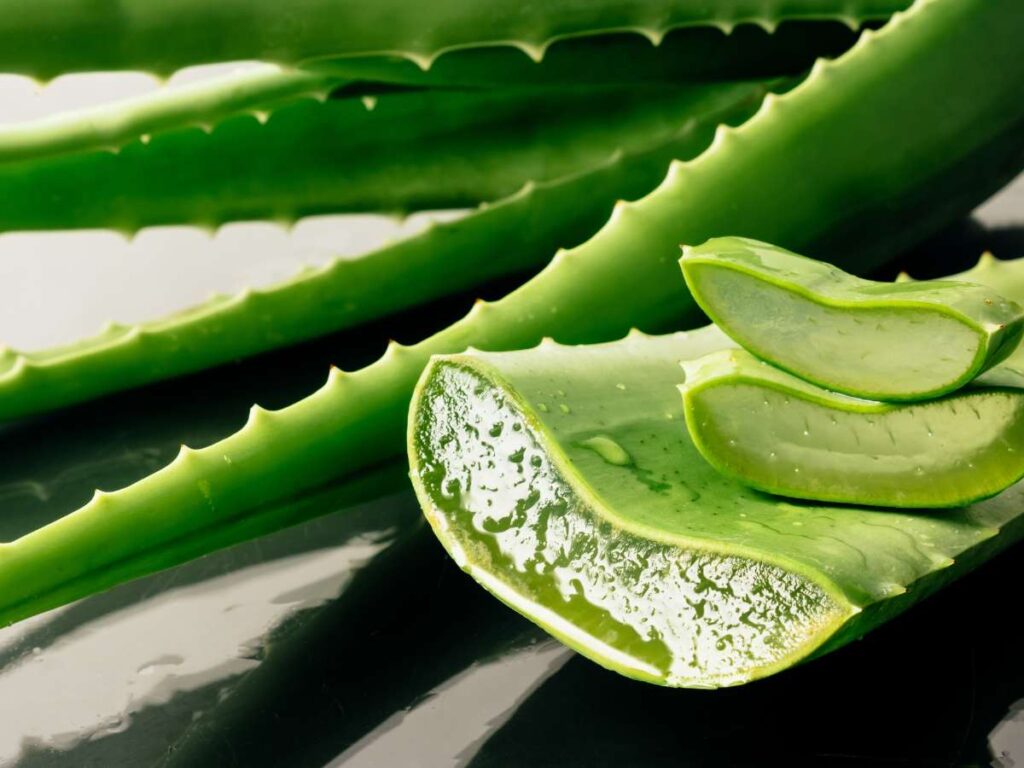
4. Candlenut (Kemiri)
Candlenut looks like a smooth white nut, but it’s rich in oil. Its botanical name is Aleurites moluccanus. It grows in tropical forests across Indonesia.
Kemiri is often used in Indonesian cooking but when pressed into oil, it becomes a powerful skin and hair softener.
Why it’s popular in Indonesia It’s part of traditional self-care. People use kemiri oil to treat dry scalp, smooth hair, and nourish skin. It’s passed down through generations.
Benefits
- Deeply moisturizes
- Helps repair dry, flaky skin
- Supports scalp health
- Softens rough elbows and heels
Active compounds
Candlenut oil contains linoleic acid and oleic acid. These fatty acids strengthen the skin barrier and prevent moisture loss.
Traditional vs. Modern Use
People used to roast and grind kemiri to make oil at home. Now, kemiri oil is refined and added to balms, creams, and body oils.
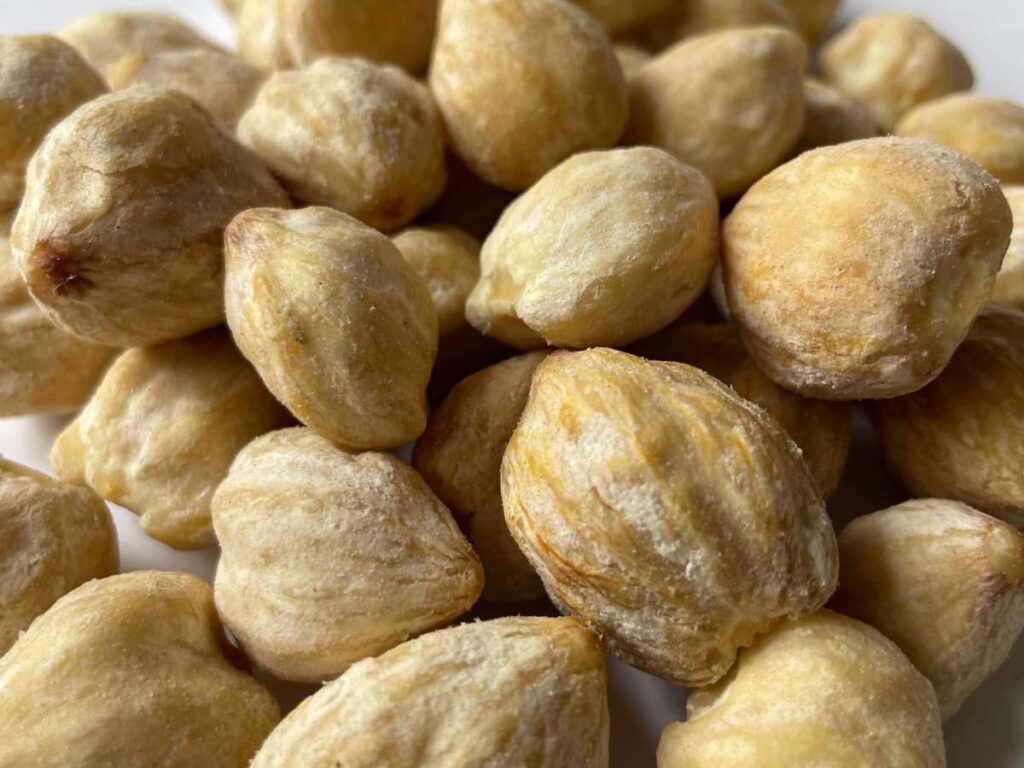
5. Jicama (Bengkuang)
Jicama is a root vegetable with a crisp white inside. It’s part of the bean family, with the botanical name Pachyrhizus erosus. It’s sweet, juicy, and full of water.
Jicama is a top ingredient in traditional Indonesian whitening masks. Many women use it weekly to brighten their complexion.
Why it’s popular in Indonesia
It’s linked to beauty rituals and known for lightening and cooling the skin. People trust it, especially in masks and powders.
Benefits
- Brightens skin
- Cools inflammation
- Helps fade dark spots
- Hydrates without oil
Active compounds
Jicama contains vitamin C and flavonoids. These help fight free radicals and improve skin clarity.
Traditional vs. Modern Use
In the past, jicama was grated and applied raw. Today, brands use jicama extract in brightening lotions and sleeping masks.
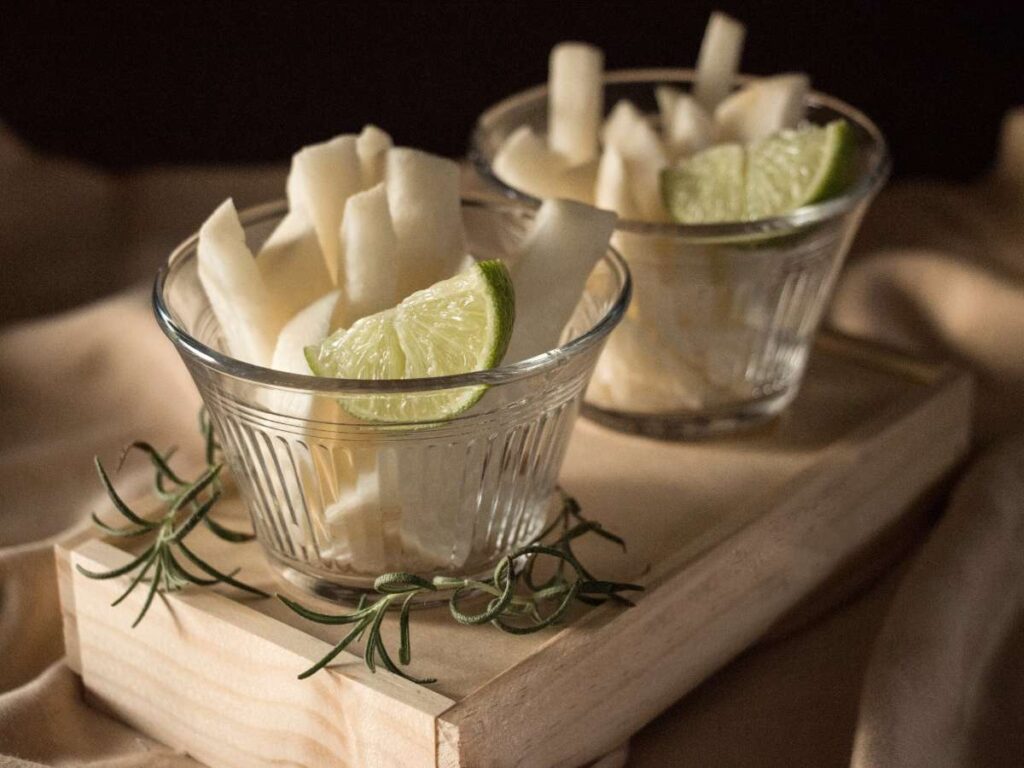
6. Pandan Leaves
Pandan is a green leaf known for its sweet aroma. The plant’s botanical name is Pandanus amaryllifolius. It grows wild and in gardens across Southeast Asia.
Pandan isn’t just used in desserts. In some Indonesian homes, people rub crushed pandan leaves on the skin for their calming scent and soothing effect.
Why it’s popular in Indonesia
It’s a common plant in everyday life. Its smell is calming, and it’s believed to help with heat rashes and irritated skin.
Benefits
- Gently soothes sensitive skin
- Adds a natural scent
- Helps reduce itchiness
- May cool down hot, inflamed skin
Active compounds
Pandan contains tannins and alkaloids. These give it a mild anti-inflammatory effect.
Traditional vs. Modern Use
Traditionally, pandan was crushed and applied directly. Now, brands use pandan extract in herbal creams, bath products, and toners.

7. Sandalwood (Cendana)
Sandalwood is a fragrant wood from the Santalum album tree. It’s often turned into powder or oil and is known for its smooth, woody scent.
In Bali, sandalwood is used in temple offerings and also in facial pastes for its cooling properties.
Why it’s popular in Indonesia
It’s spiritual and soothing. Sandalwood is tied to both ceremony and skin care. Many people believe it brings calm to both skin and mind.
Benefits
- Cools and calms the skin
- Reduces redness
- Softens texture
- Adds a grounding, natural scent
Active compounds
Sandalwood oil contains santalol. This compound helps reduce irritation and is often used in calming products.
Traditional vs. Modern Use
Before, sandalwood was ground into a paste and applied to the face. Now, it’s used in face masks, oils, and creams especially those made for sensitive skin.
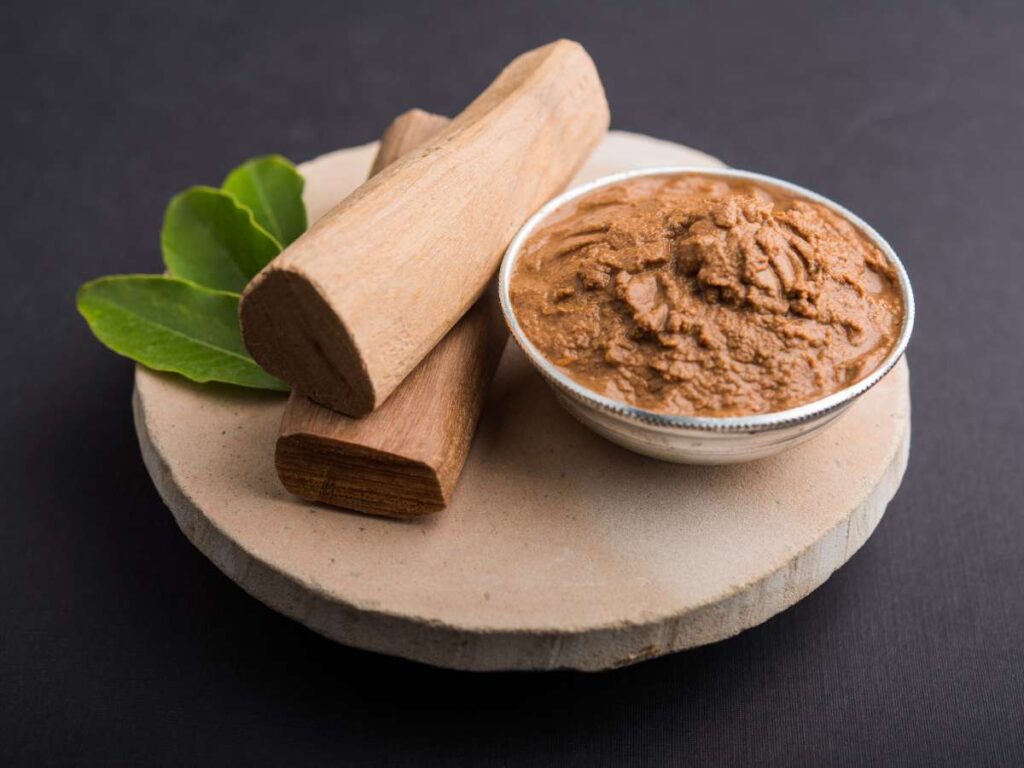
8. Betel Leaf (Daun Sirih)
Betel leaf is shiny, heart-shaped, and has a strong herbal smell. Its botanical name is Piper betle. In Indonesia, it’s used for both beauty and health.
Betel leaf water is often used to wash the face or body, especially for babies or after giving birth.
Why it’s popular in Indonesia
It’s trusted for cleansing. Families use it to treat irritation, acne, and even body odor. It’s part of everyday wellness.
Benefits
- Cleanses and tightens skin
- Fights bacteria
- Helps with acne
- Reduces body odor naturally
Active compounds
Betel leaf contains chavicol and eugenol. These fight bacteria and soothe inflammation.
Traditional vs. Modern Use
Traditionally, people boiled the leaves and used the water to wash. Now, brands use betel extract in acne toners, soaps, and feminine care products.
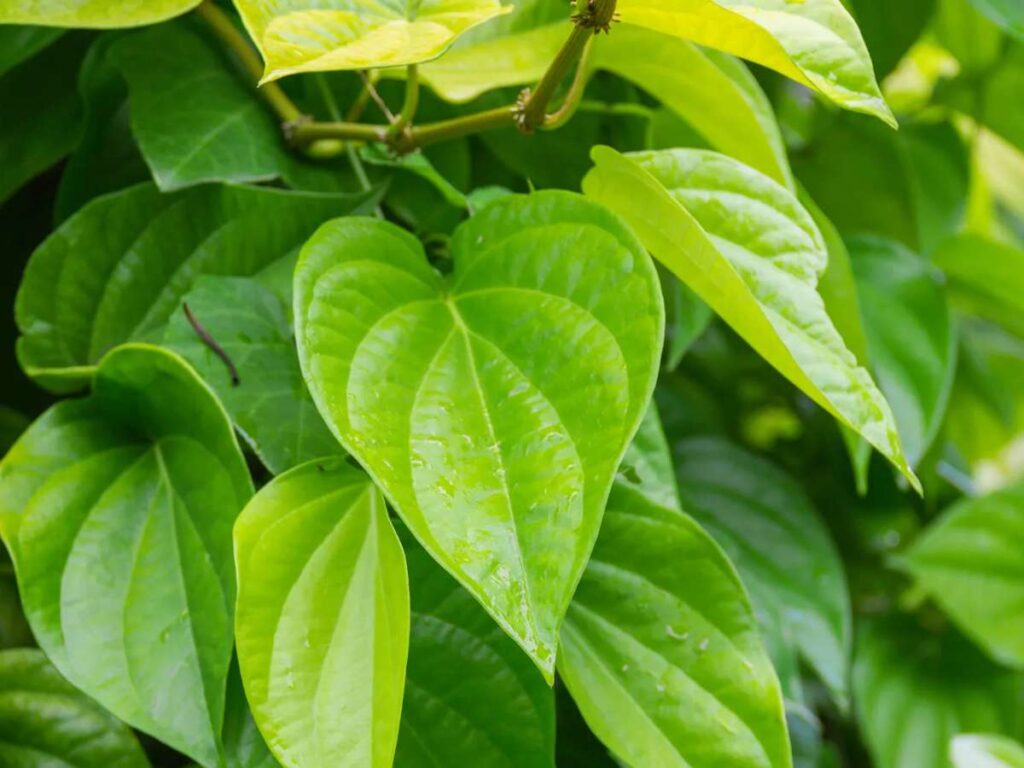
9. Kencur (Aromatic Ginger)
Kencur is a small, spicy root that looks like ginger. The botanical name is Kaempferia galanga. It has a strong, earthy smell and is part of the jamu tradition.
In many Javanese homes, people use kencur paste for bruises and tired muscles and sometimes, even for breakouts.
Kencur is easy to grow and widely used in healing balms and herbal scrubs. It’s known to warm the body and fight skin issues.
Benefits
- Helps with acne
- Reduces swelling
- Warms and soothes tired skin
- May fade scars over time
Active compounds
Kencur contains ethyl cinnamate and flavonoids. These give it anti-inflammatory and antibacterial power.
Traditional vs. Modern Use
It was once ground fresh and rubbed on the skin. Today, kencur extract is used in scrubs, oils, and acne creams.
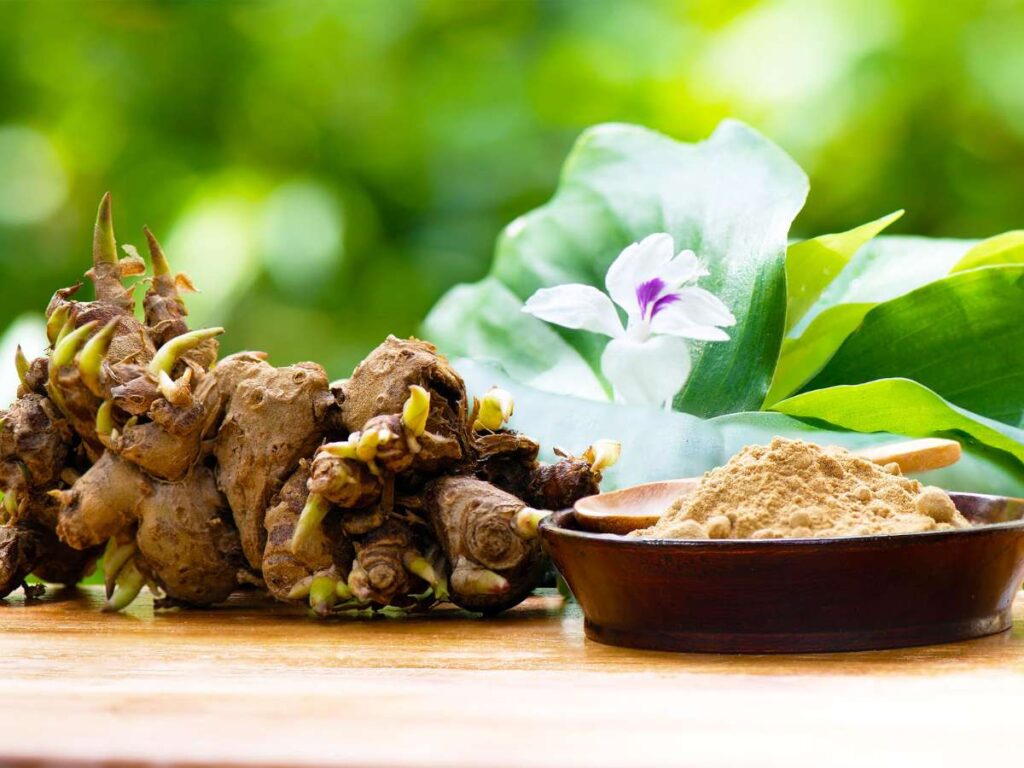
10. Lulur Scrub
Lulur is not just an ingredient, it’s a complete body treatment. It’s made from ground rice, turmeric, and herbs. The mix forms a gentle exfoliating scrub that has been used in Indonesia for centuries.
Lulur was originally a royal beauty ritual in Javanese palaces. Brides-to-be would start the treatment 40 days before their wedding to soften and brighten their skin.
Why it’s popular in Indonesia
Lulur is part of tradition. It’s still used in homes and spas across the country. People trust it because it works and feels good to use.
Benefits
- Gently removes dead skin
- Brightens and softens
- Leaves a smooth, clean feeling
- Prepares skin for oils or lotions
Active compounds
Depending on the mix, lulur may include curcumin (from turmeric), rice starch, and natural oils. These offer anti-inflammatory, soothing, and moisturizing benefits.
Traditional vs. Modern Use
Before, lulur was made fresh at home with kitchen ingredients. Now, brands sell ready-made pastes, powders, and spa treatments. It’s even found in body scrubs and exfoliating soaps.
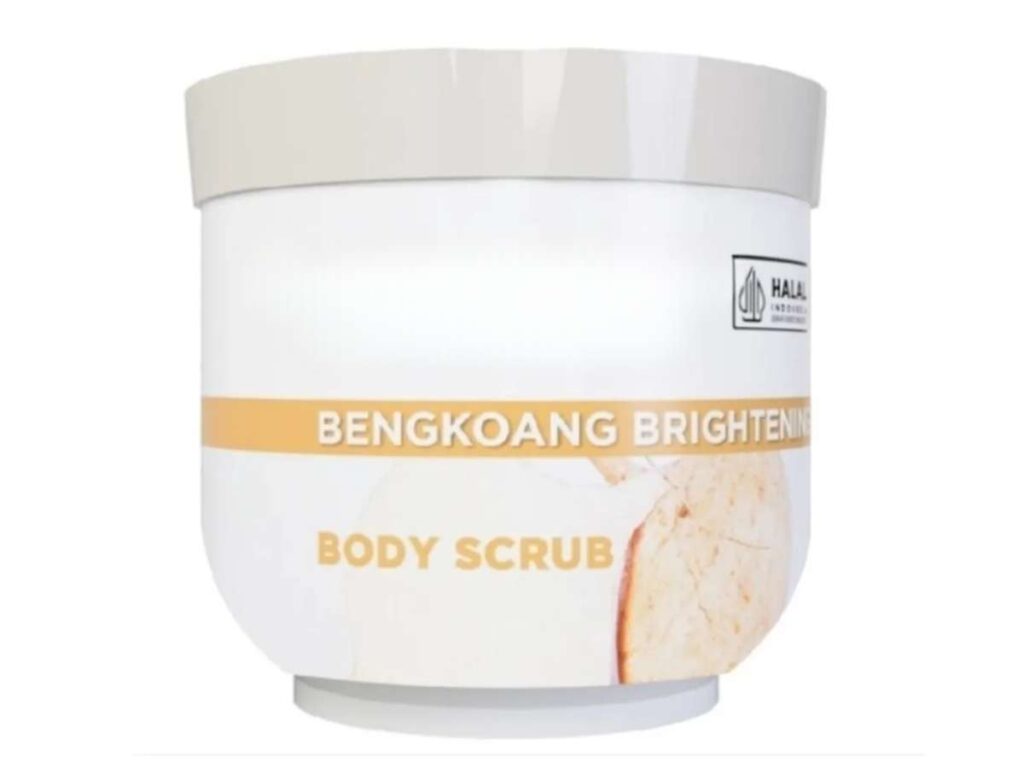
11. Akar Kuning (Fibraurea tinctoria)
Akar Kuning means “yellow root” in Indonesian. It comes from a forest vine and has a rich yellow color. The botanical name is Fibraurea tinctoria, and it grows in tropical regions, especially in Kalimantan.
In traditional medicine, Akar Kuning is known for treating liver and skin conditions. It’s often boiled and drunk but also applied directly to problem areas on the skin.
Why it’s popular in Indonesia
It’s trusted for detox. People use it when their skin breaks out or when they feel unwell. It’s known to help both inside and out.
Benefits
- Helps clear acne
- Soothes inflamed skin
- May support detox from inside the body
- Offers gentle antimicrobial action
Active compounds
This root contains berberine, a compound with antibacterial and anti-inflammatory properties. Berberine is found in several traditional healing plants.
Traditional vs. Modern Use
Traditionally, Akar Kuning was boiled into tea or ground into paste. Today, brands use extracts in acne-targeted products, toners, and even natural soap bars.
If you’re thinking of formulating with Akar Kuning but don’t know where to start, TY Cosmetic can help. We’ve developed stable, effective skincare products using locally sourced Indonesian botanicals including this one.

12. Jamu Herbal Infusions
Jamu is a traditional Indonesian herbal drink made from roots, spices, and flowers. The recipes vary by region, but turmeric, tamarind, and ginger are common ingredients.
Jamu isn’t just a drink. Some blends are used as tonics, while others are applied directly to the skin especially for postpartum care or body massage.
Why it’s popular in Indonesia
It’s part of daily life. Many people drink jamu in the morning, believing it keeps their body and skin healthy. It’s also used topically in massage and spa rituals.
Benefits
- Helps reduce inflammation
- May improve skin clarity
- Supports skin health from within
- Used in postnatal care for skin firming
Active compounds
Depending on the blend, jamu may contain curcumin (turmeric), gingerol (ginger), or tannins (from tamarind). These support digestion, skin detox, and circulation.
Traditional vs. Modern Use
Jamu was made fresh at home or sold by street vendors. Today, it’s bottled and sold in stores. Some skincare brands even use jamu-inspired ingredients in masks, oils, and toners.
Have you considered using jamu blends as inspiration for your next formula? It’s a meaningful way to connect inner and outer wellness.
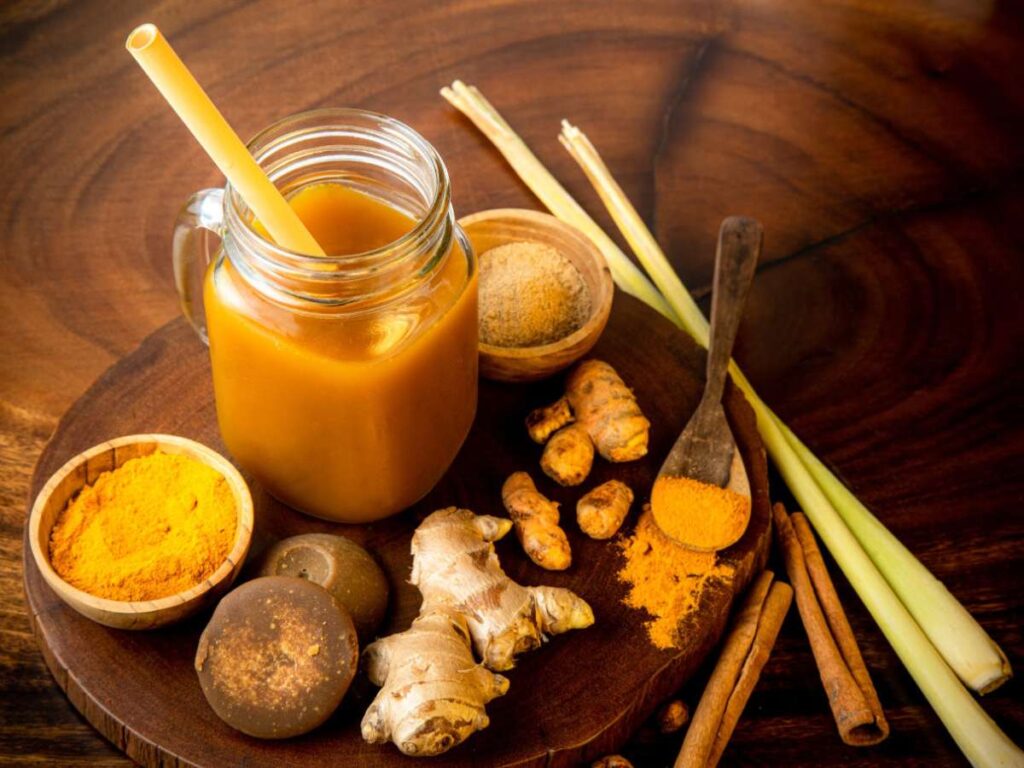
Conclusion
Every great product starts with one smart ingredient.
In this guide, you learned about 12 cosmetic ingredients from Indonesia trusted by locals, loved in tradition, and ready for modern skincare.
You don’t need fancy trends. You need a function, story, and ingredients that do both.
That’s what you have now.
Your next best formula might be one root, one leaf, or one oil away.
If you’re ready to explore more, TY Cosmetic is here to help. Contact us today!
Recommended Reads for You
For more helpful content, explore our collection of recommended reads:
Still haven’t found what you’re looking for? Don’t hesitate to contact us. We’re available around the clock to assist you
